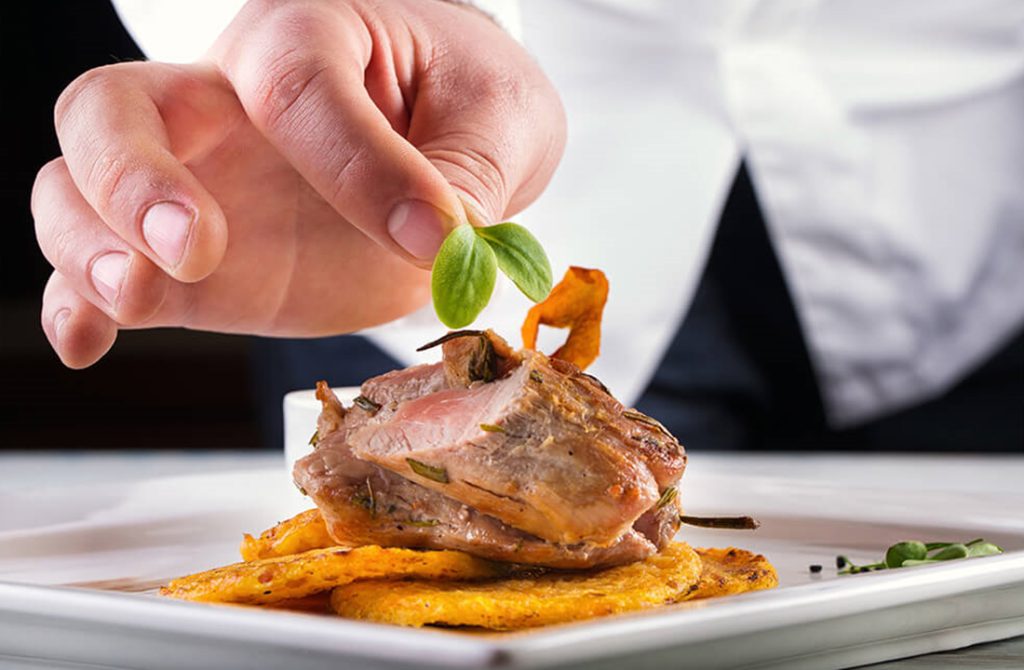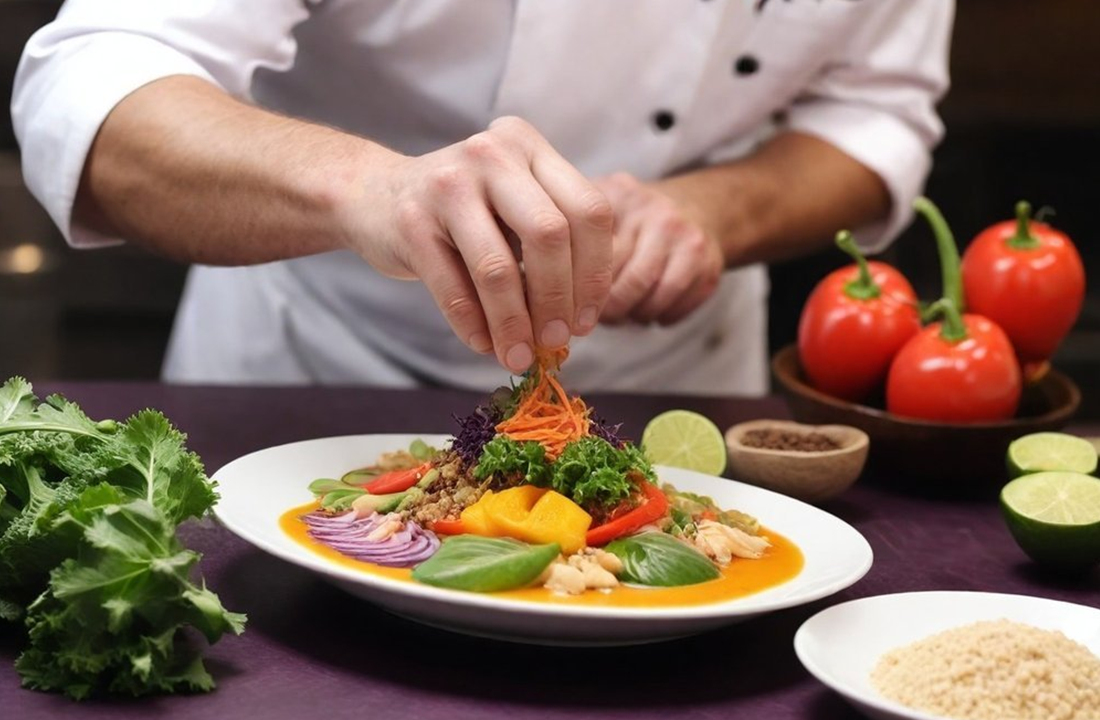At its essence, flavorology examines how various ingredients interact to create distinct taste profiles. It encompasses not only the basic tastes—sweet, salty, sour, bitter, and umami—but also the intricate ways in which aroma, texture, and temperature influence our overall experience. By recognizing that flavor is a multi-dimensional experience, cooks can create dishes that are not only delicious but also memorable.
One of the key principles of flavorology is the concept of pairing. Certain ingredients complement each other in ways that enhance their individual flavors. For instance, the combination of sweet and salty can create a delightful contrast that excites the palate. Experimenting with flavor pairings is a practical way to apply flavorology in the kitchen. Consider using fruits with savory dishes, such as pairing roasted vegetables with a drizzle of balsamic reduction and a sprinkle of feta cheese. This not only adds depth to the dish but also introduces a new layer of complexity.

Another important aspect of flavorology is the role of cooking techniques in flavor development. Different methods of preparation can bring out unique flavors in ingredients. For example, roasting vegetables caramelizes their natural sugars, resulting in a sweeter and richer taste. Understanding how various cooking techniques affect flavor can empower cooks to make informed decisions when preparing meals. Experimenting with techniques such as grilling, braising, or sous-vide can yield surprising and delightful results.
Incorporating aromatic herbs and spices is another way to embrace the principles of flavorology. These elements can transform a simple dish into a culinary masterpiece. Fresh herbs like basil, cilantro, and thyme not only add flavor but also contribute to the aroma, enhancing the overall experience. When using spices, consider toasting them lightly before adding them to your dishes. This process releases essential oils and intensifies their flavors, creating a more robust taste.
Finally, understanding the importance of balance is crucial in flavorology. A well-balanced dish harmonizes sweetness, acidity, bitterness, and saltiness, creating a cohesive taste experience. When developing recipes, taste as you go and adjust the seasonings accordingly. A splash of acidity, such as lemon juice or vinegar, can brighten a dish, while a touch of sweetness can round out flavors and create depth.
Flavorology is not just about understanding the science of flavor; it is about embracing creativity in the kitchen. By exploring flavor pairings, utilizing various cooking techniques, incorporating aromatic ingredients, and striving for balance, cooks can elevate their culinary creations. This approach not only enhances the dining experience but also fosters a deeper appreciation for the art of cooking. As the field of flavorology continues to evolve, it invites us all to embark on a flavorful journey that celebrates the joy of food.

